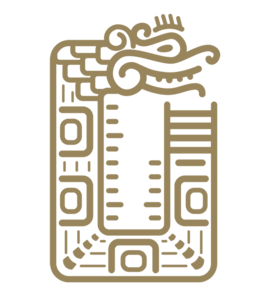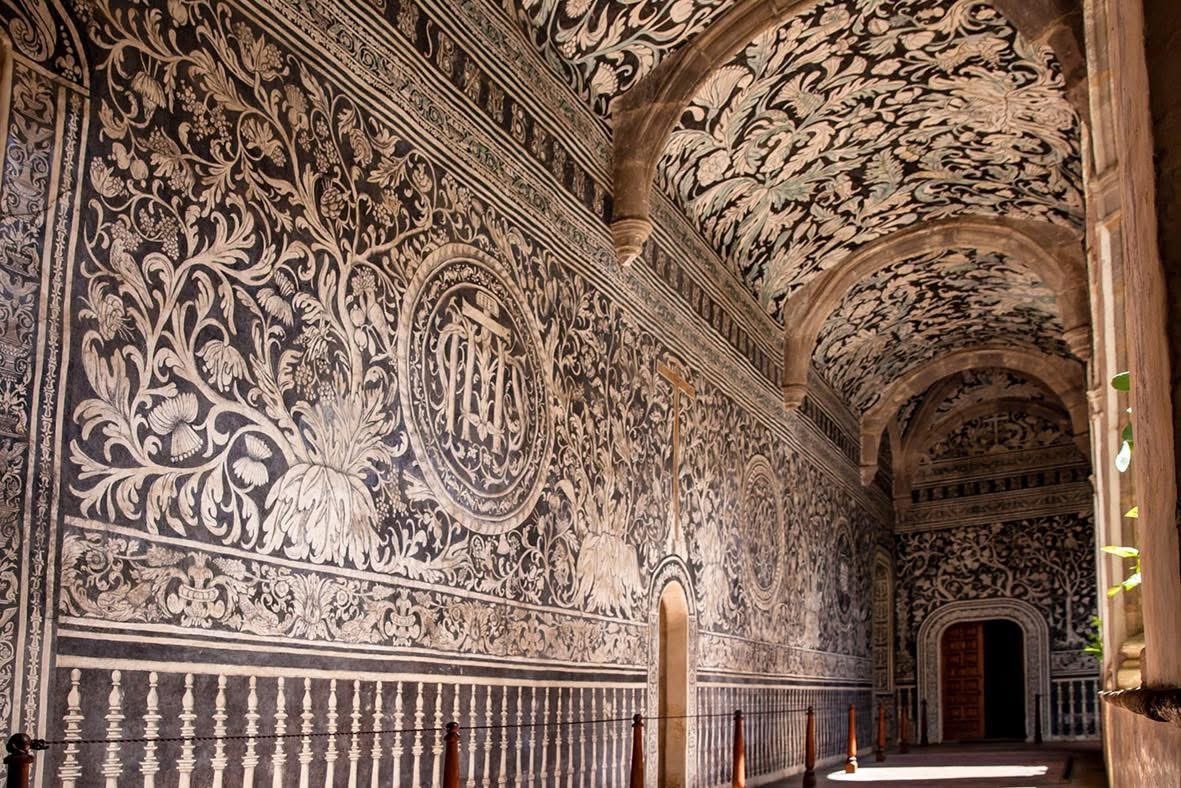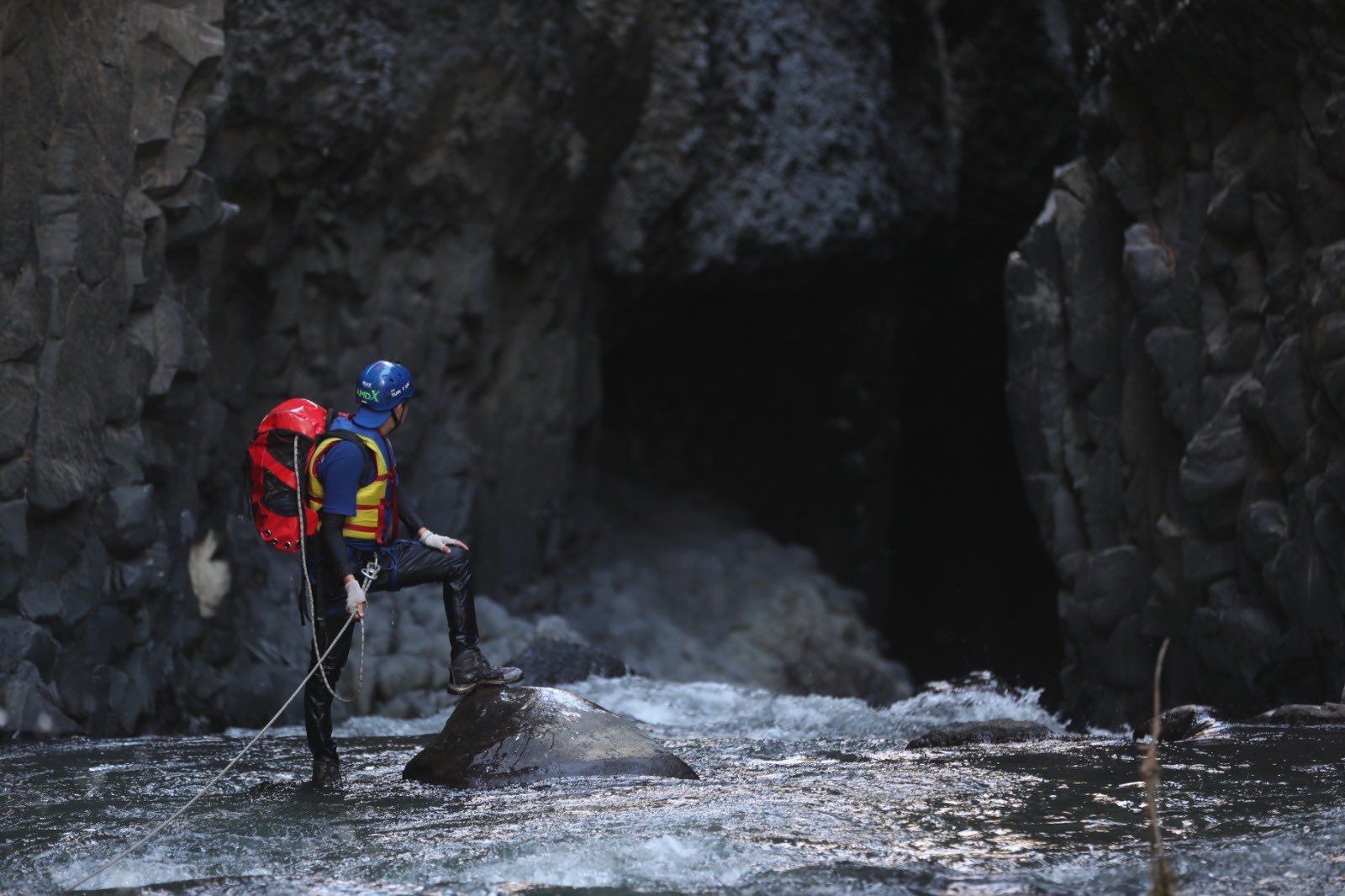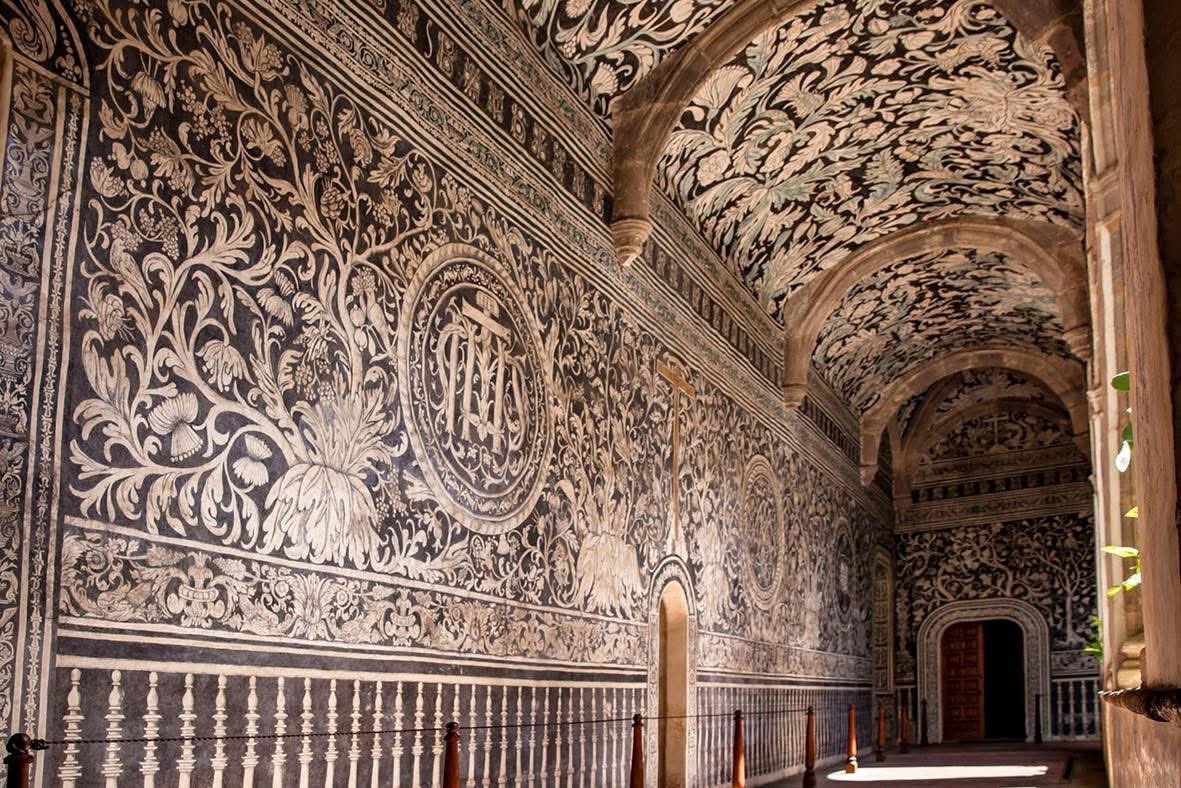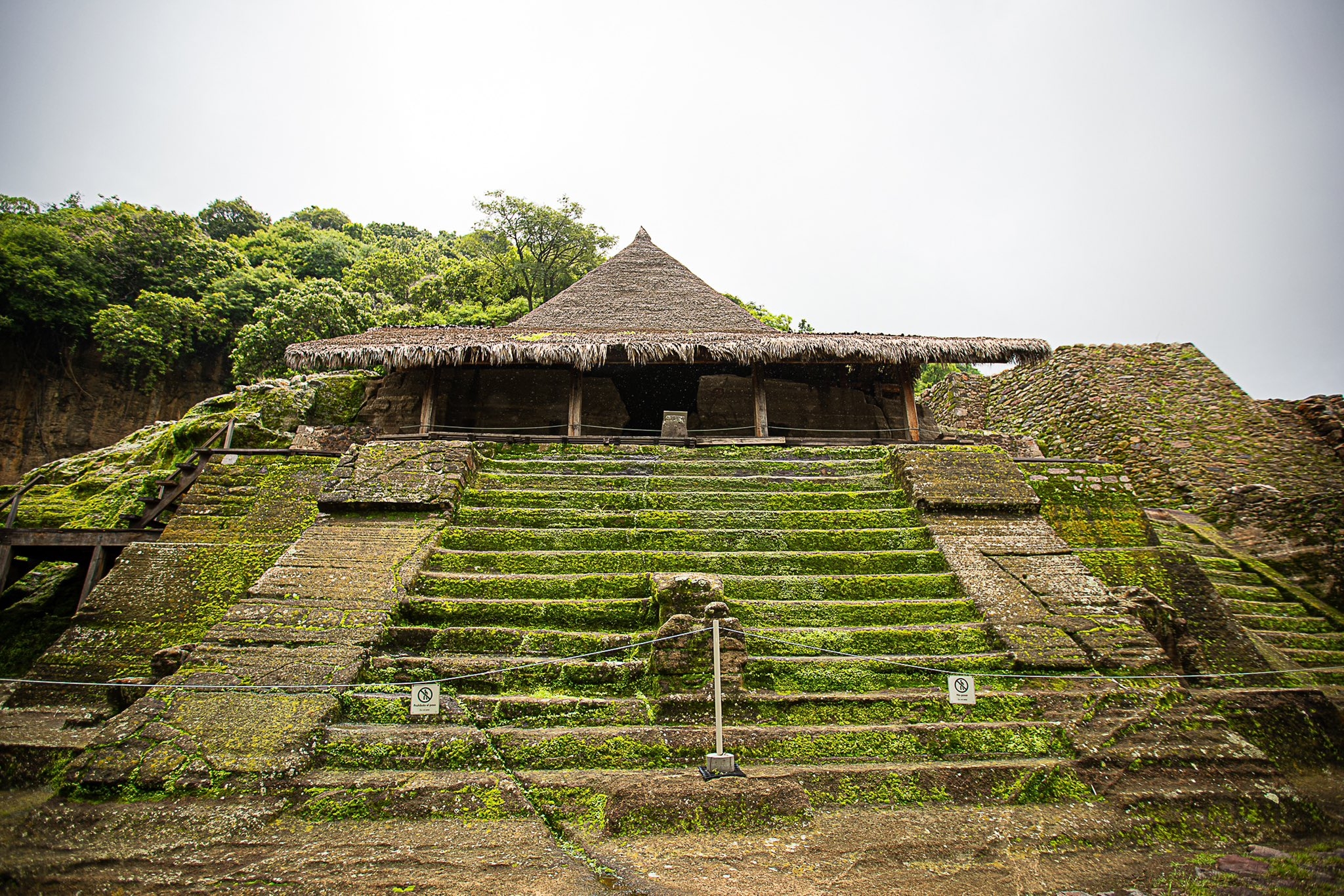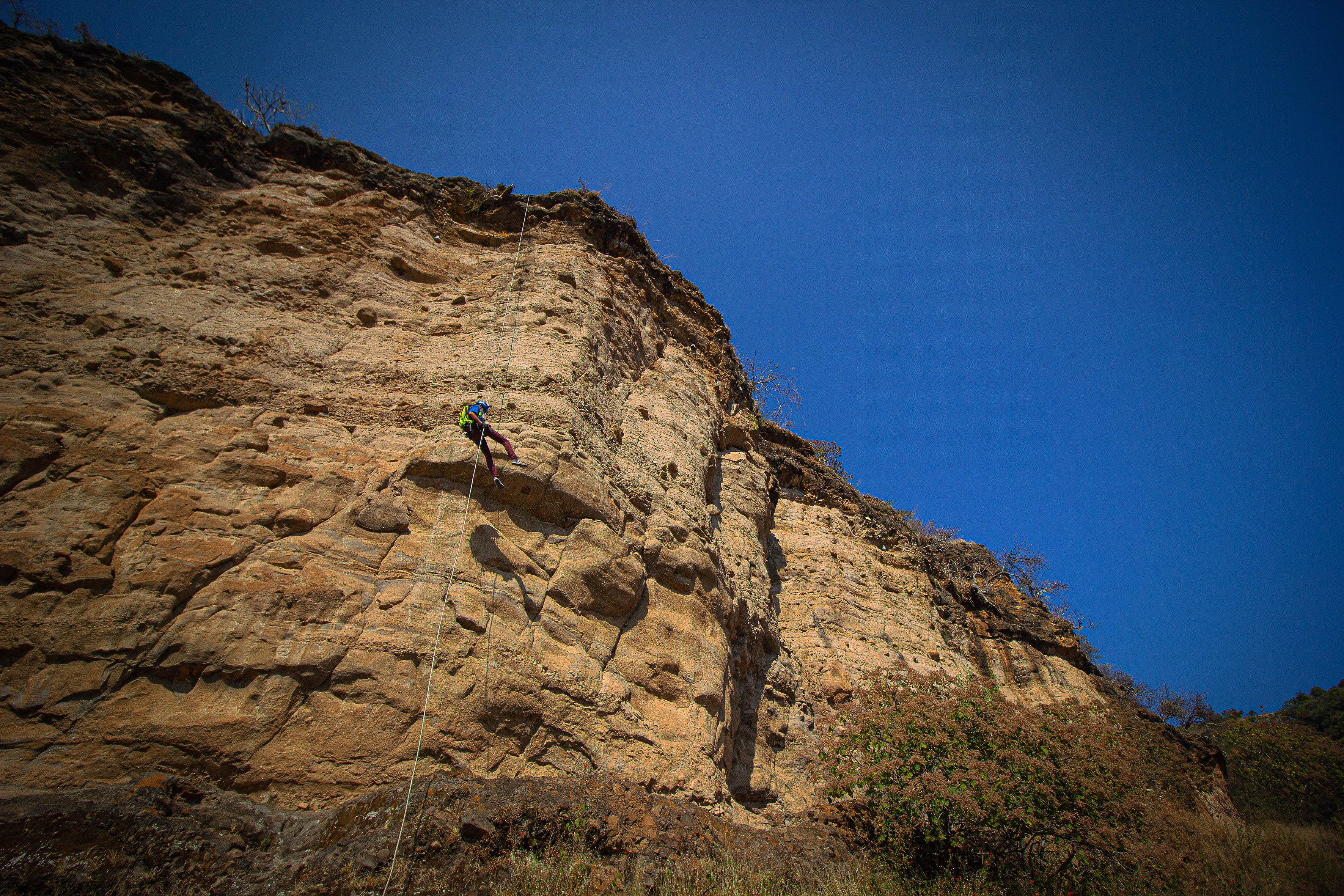Malinalco is visited first and foremost for the dramatic and otherworldly landscape. The mere fact that it\'s the site of ancient and beguiling pyramids and ruins is like icing on the cake. That side of the little town, the side of the archaeological area, is often buried deep in shadow. It\'s a twilight kind of experience, where towering mountains turn even the most stoic among us to thoughts of surrealist fancy and wonder.
The town is named for the malinalli plant. It was used to rope and string. The flower, xóchitl, added to the name gives us a meaning something like place where Malinalxóchitl, the malinalli flower, is worshipped. The region was firmly in the Zapatista zone during the Mexican Revolution. Those seeking agrarian reform controlled everything from here to the southeast, across Zapatas Morelos to the the south of Puebla. It remains counter-cultural and independent-minded to this day.
People come for the landscape and for the ruins at the Cuauhtinchán Archaeological Zone.The former Augustinian Monastery of the Transfiguration is elaborately decorated and open to the public. There is a small Sanctuary to the Lord of Chalma, a town of even more religious importance in the next valley over. The influence of Chalma is another way of mapping Zapatista and religious leaning across this region.
At least on the micro-regional level, the town is an important mezcal producer. This is served with cecina and chorizo, but foods can get surprisingly more exotic. Trout, iguana, and tamales de rana are beyond the leanings of most visitors. Of course, if you show up at the right time of year, the festivities will include lots of foods you can still indulge in. The most important festivities will fall on
- Malinalco Day, January 1
- Holy Week, Late March through early April
- Cultural Festival, April
- The Feast of the Divine Savior, observed on August 6
Travelers arriving from Mexico City should arrive to the Observatorio (west) bus station. Flecha Roja runs regular buses along the route that takes about two hours.
